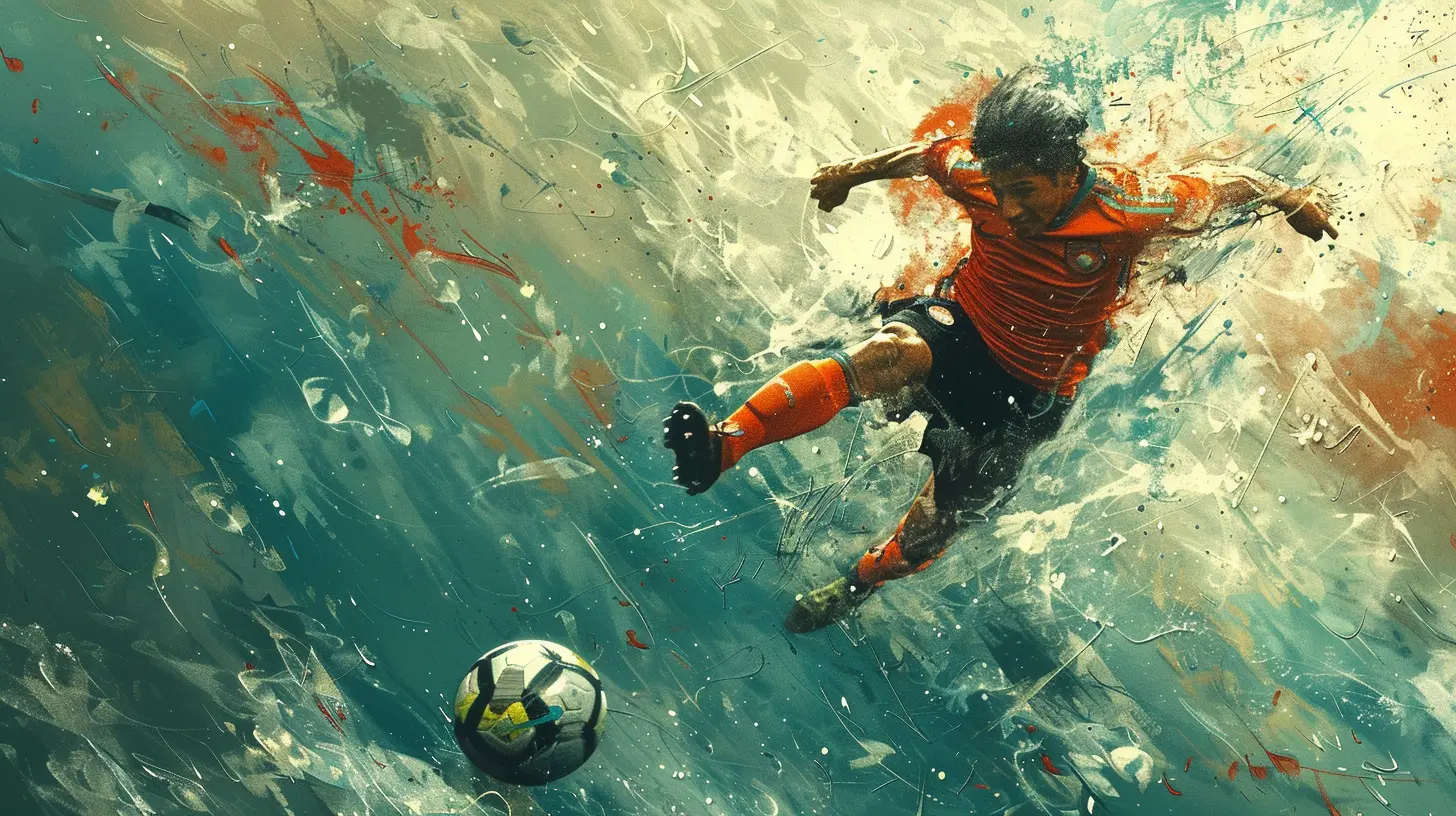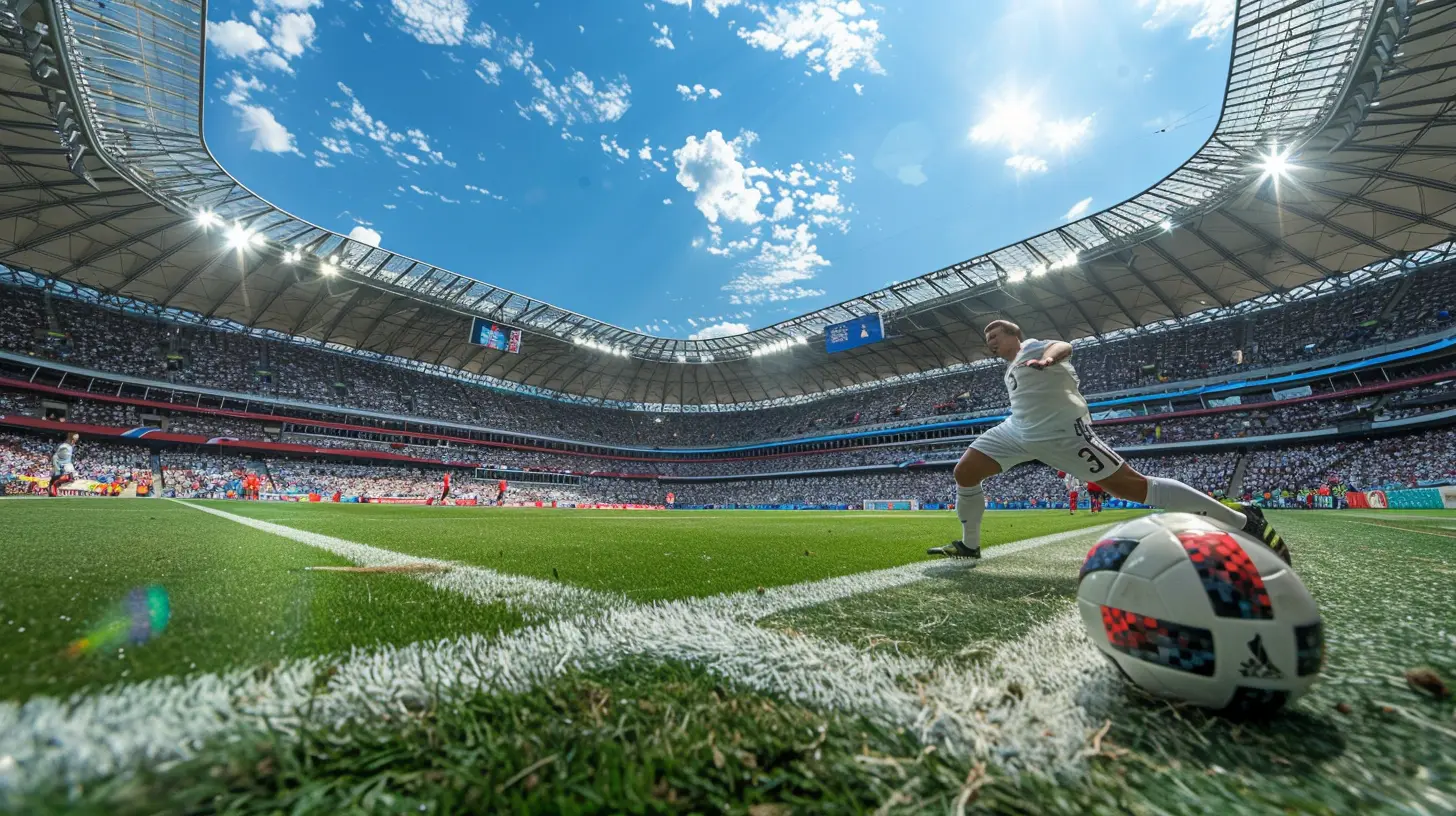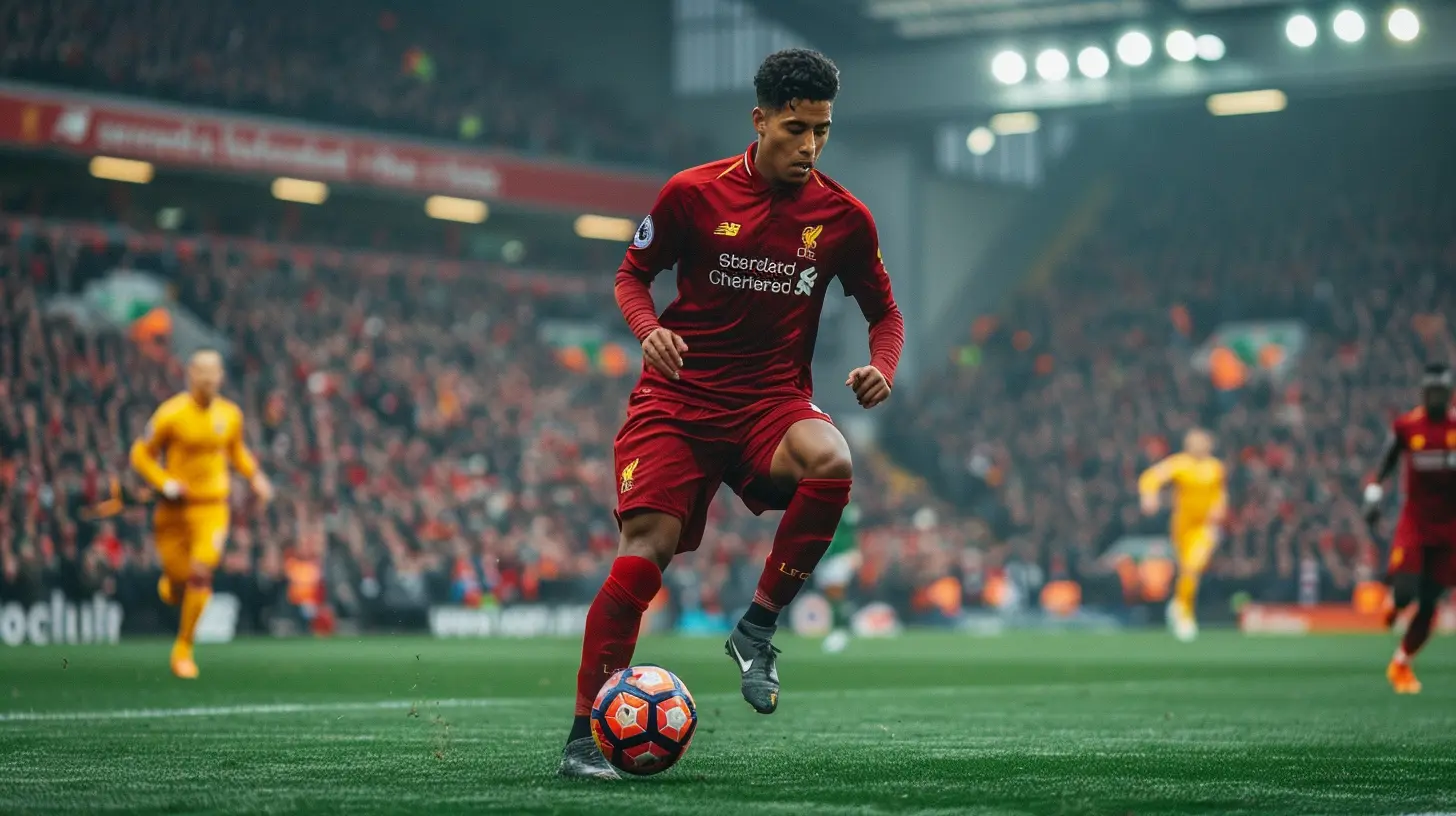The Importance of Wing Play in Modern Soccer
29 May 2025
Soccer, the beautiful game, is all about strategy, precision, and a little bit of magic. And if there’s one position that brings flair, chaos, and a whole lot of entertainment to the pitch, it’s the wingers. These speedsters are the rockstars of the field, turning defenders inside out and delivering jaw-dropping assists. But why is wing play such a big deal in modern soccer? Let's dive into the world of dazzling dribbles, pinpoint crosses, and breathtaking goals.

What Is Wing Play, And Why Does It Matter?
Before we get into the nitty-gritty, let’s break it down. Wing play refers to the use of wide areas on the field—basically, the left and right flanks—to create attacking opportunities. Wingers and overlapping full-backs stretch the opposition’s defense, making space for midfielders and strikers to do their thing.Now, imagine a game without wide players. It would be like a pizza without cheese—technically still edible, but lacking flavor. Modern soccer thrives on width because it opens up defenses, creates more passing lanes, and forces defenders into uncomfortable situations.

How Wing Play Has Evolved Over the Years
Back in the day, wingers were mainly just that—players who hugged the touchline, took on defenders, and whipped in crosses. Think of legendary figures like Stanley Matthews or Ryan Giggs, whose job was to beat their markers and deliver the ball into the danger zone.Fast forward to today, and wing play has evolved into a multi-dimensional weapon. Wingers are no longer just cross-slingers; they're goal threats, playmakers, and even midfielders. The likes of Mohamed Salah and Vinícius Jr. cut inside and score as frequently as traditional center-forwards. They create as much havoc inside the box as they do on the flanks.

The Key Roles of Wing Play in Modern Soccer
1. Stretching the Opposition Defense
Defenders love compact shapes because it makes them harder to break down. Wing play wrecks that structure by forcing defenders to spread out, which naturally creates gaps in the middle. Teams that lack width often get stuck in a traffic jam of defenders, but a good winger? They’re like a tow truck moving all the obstacles out of the way.2. Delivering Dangerous Crosses
In the era of aerial threats like Erling Haaland and Olivier Giroud, quality crossing is still a golden ticket to success. Whether it's a whipped cross, a floated delivery, or a cutback from the byline, wingers and full-backs play a huge role in setting up goalscoring chances.Remember Trent Alexander-Arnold and Andrew Robertson’s assist factory at Liverpool? Their deliveries are a nightmare for defenders and a dream for strikers. Without wide play, those pinpoint crosses wouldn’t be as effective.
3. Creating One-on-One Chaos
Who doesn’t love a good old-fashioned one-on-one battle? A skillful winger going head-to-head with a full-back is one of the most exciting sights in soccer. Think Lionel Messi against any unfortunate defender—it's a battle that usually ends in disaster for the latter.Wingers with pace, dribbling ability, and quick feet can unlock even the most stubborn defenses. They force defenders into mistakes, win fouls in dangerous areas, and open up spaces for teammates to exploit.
4. Cutting Inside to Score Goals
Gone are the days when wingers only existed for assists. Modern-day wide players score goals for fun. Take a look at Salah, Mbappe, or Son Heung-min—they cut inside, unleash absolute rockets into the top corner, and leave goalkeepers looking hopeless.With inverted wingers becoming the trend, right-footed players operate on the left wing and vice versa. This gives them the freedom to come inside and shoot instead of constantly crossing. The result? More goals and a deadly attacking threat from the flanks.
5. Providing Defensive Cover
Let’s be real—no one likes defending, especially wingers who thrive on attacking. But in modern soccer, wide players aren’t just about offense. They’re expected to track back, pressure opponents, and help their full-backs deal with opposing attackers.Think of hardworking wingers like Bukayo Saka or Thomas Müller. These players are not just attacking weapons but also defensive warriors who ensure their teams aren't exposed on the break.

How Top Teams Use Wing Play Effectively
Manchester City: Overload and Cutbacks
Pep Guardiola’s City thrives on wing play, but not in the traditional sense. Instead of endless crosses, City’s wingers, like Jack Grealish and Phil Foden, work alongside overlapping full-backs to create overloads. Once they reach the byline, they cut back the ball to an arriving midfielder or striker.It’s simple, effective, and ridiculously hard to defend against.
Liverpool: The Flying Full-Backs
While most teams rely on their wingers for width, Jurgen Klopp’s Liverpool uses their full-backs as primary wide creators. Alexander-Arnold and Robertson push high up the pitch, deliver deadly crosses, and even chip in with goals.With a system like this, Liverpool gets width without sacrificing defensive stability in the midfield.
Real Madrid: The Vinícius Jr. Show
When you’ve got a player like Vinícius Jr., you don’t need an elaborate system—just give him the ball and watch the magic unfold. Real Madrid’s wing play relies heavily on their Brazilian superstar, who terrorizes defenders with his speed, dribbling, and unpredictability.If you’re a defender, facing Vini Jr. is about as enjoyable as trying to hold onto a soap bar in the shower.
The Future of Wing Play in Soccer
Wing play isn’t going anywhere. If anything, it’s becoming even more important. As defenses get more organized and compact, teams need width to break them down. Whether it's traditional wingers whipping in crosses or modern wide players cutting inside to score, the flanks will always be a major source of creativity.Tactical innovations may come and go, but one thing is for sure—soccer will always need players who can fly down the wings and create pure chaos.
Conclusion
Wing play is the lifeblood of modern soccer. It spreads defenses, creates space, delivers goals, and keeps fans on the edge of their seats. Whether it’s the silky dribbling of Neymar, the lethal finishing of Salah, or the pinpoint crossing of Robertson, wing play remains a crucial ingredient in the formula for success.So next time you watch a match, keep an eye on those wide players. They might just be the difference between a frustrating 0-0 draw and a thrilling goal-fest.
all images in this post were generated using AI tools
Category:
TacticsAuthor:

Ruben McCloud
Discussion
rate this article
3 comments
Indigo McTigue
Wing play is crucial in modern soccer, providing width, stretching defenses, and creating scoring opportunities. Effective wingers can exploit mismatches, delivering key crosses and supporting both attacking and defensive phases of the game.
June 14, 2025 at 12:11 PM

Ruben McCloud
Thank you for your insightful comment! I completely agree—wing play is vital for creating space and opportunities in today's game. Effective wingers truly enhance both the attack and defense.
John McMahan
Great article! Wing play is crucial in modern soccer, providing width, creating space, and delivering key crosses. It truly enhances team dynamics and attacking options.
June 1, 2025 at 3:56 AM

Ruben McCloud
Thank you! I'm glad you found it valuable. Wing play really does transform the game!
Lyra McCallum
Great article! Wing play truly transforms the game, adding excitement and strategy. It’s fascinating to see how it shapes modern soccer!
May 29, 2025 at 3:38 AM

Ruben McCloud
Thank you! I'm glad you found it insightful. Wing play really does elevate the game in exciting ways!



